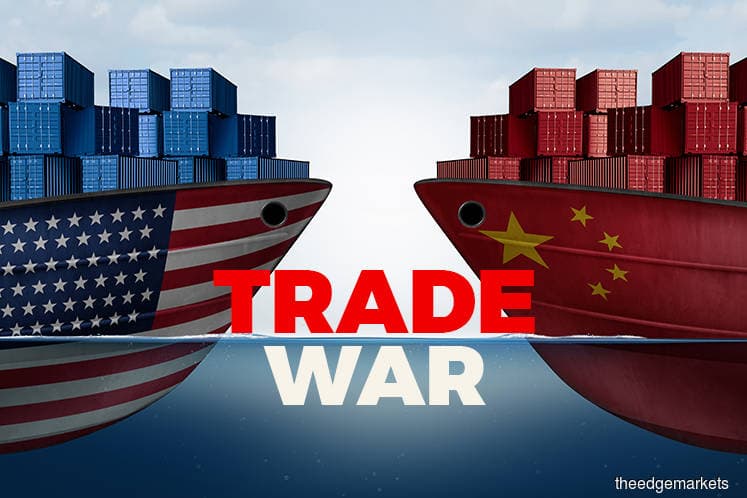
This article first appeared in The Edge Financial Daily on May 10, 2019
SINGAPORE: The ongoing trade tensions among the US, China and other countries should bode well for the Asean region, provided that the Southeast Asian countries could navigate their way through this new, complex global landscape in a divided world, an investment conference was told yesterday.
APS Asset Management deputy chairman (China) Prof Tan Kong Yam said Asean is a theatre of rivalry, while the economic gravitational forces arising from the US-China trade war will be very significant in the coming years.
“Asean is like a lady; nobody asked her to dance. But suddenly, everyone asks her to dance, and she is confused, which is not necessarily a bad thing,” he said at Invest Asia 2019 conference.
“If you look at the rivalry between China and Japan, and how [Prime Minister Tun] Dr Mahathir [Mohamad] renegotiated the ECRL (East Coast Rail Link) project, the dynamics of rivalry have significantly benefited Asean countries in squeezing better terms out of this negotiation,” said Tan.
Maybank Kim Eng regional economist Dr Chua Hak Bin pointed out that while Beijing’s Belt and Road Initiative (BRI) opens a window of opportunity for many Southeast Asian countries, it also brings the Asean region closer into China’s orbit.
“I hope it doesn’t come to a point where Asean will have to take sides. It’s good to have more parties at the dinner table to dance with you,” he said, echoing Tan’s view.
Chua said a recent study by the World Bank had concluded that BRI transportation projects could lift global gross domestic product by 3% — much larger than all the free trade agreements signed globally.
“Obviously, nobody can come out with that kind of resources to support initiatives like the BRI to connect the rest of Asia, even including landlocked countries such as Laos,” he said.
Tan highlighted that China had been the world’s largest economy for 1,800 years before it went into a relative decline in the last 150 years.
“Therefore, one should not underestimate the collective aspirations of China, the country with the largest population rising to be the largest economy in the world, trying to reclaim that perceived rightful place in the universe,” he said.
Tan went on to say that if Japan does not revitalise, the US becomes more inward-looking and India is yet to play a major locomotive role in the global economy, Asean could be pulled into the China’s zone of influence, willingly or unwillingly.
“From Asean’s strategic perspective, if there is only one person who could invite you for dinner and a dance, your scope is limited. In Asean’s own interest, we should engage with the US and Japan as long as possible,” he said.
Dr Simon Ogus, the chief executive officer of DSG Asia, concurred.
“When two elephants meet, you don’t want to be caught in the middle. Everyone will be trying to avoid taking sides. But of course, if you look at Laos and Cambodia, the more authoritarian the government is, the more likely they will tilt towards the Chinese side,” he said.
Ogus opined that what China is missing at the moment is the soft power aspect.
“The reality is that Asean countries want Chinese money, but they don’t particularly like the attitude that comes with it. If China can become a softer empire, it would be a win-win [situation],” he said.
Meanwhile, Tan is of the view that as long as the situation is being managed well, the Asean countries should not fall into a debt trap made in China’s BRI.
“A debt trap is a trap only if you step into it. A great power is not a charity organisation. It has its own interest,” he said.
Tan also described today’s fragmented world as a solar system with two suns, which is highly potentially unstable.
“After the Soviet Union collapsed, the US was the huge sun, and the rest of the planets revolved fitfully. But one planet called China is becoming larger and larger, so much so that its relative size to the existing sun has become equal, or maybe even larger,” he said.
“If you understand cosmology, a two-sun gravitational force is very complex, and it is very difficult for the smaller planets to navigate. Hopefully, we don’t have to take sides in future,” he added.